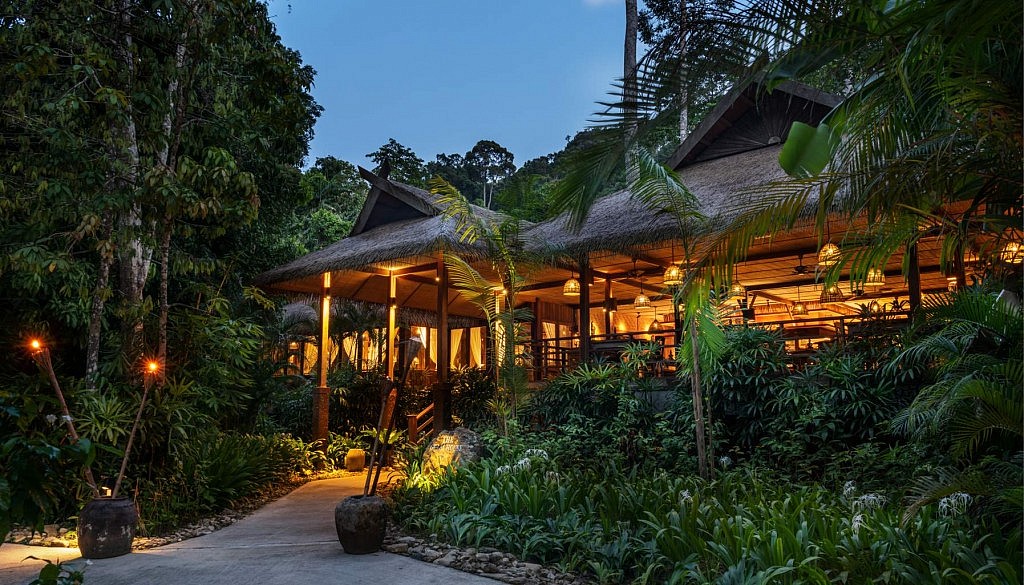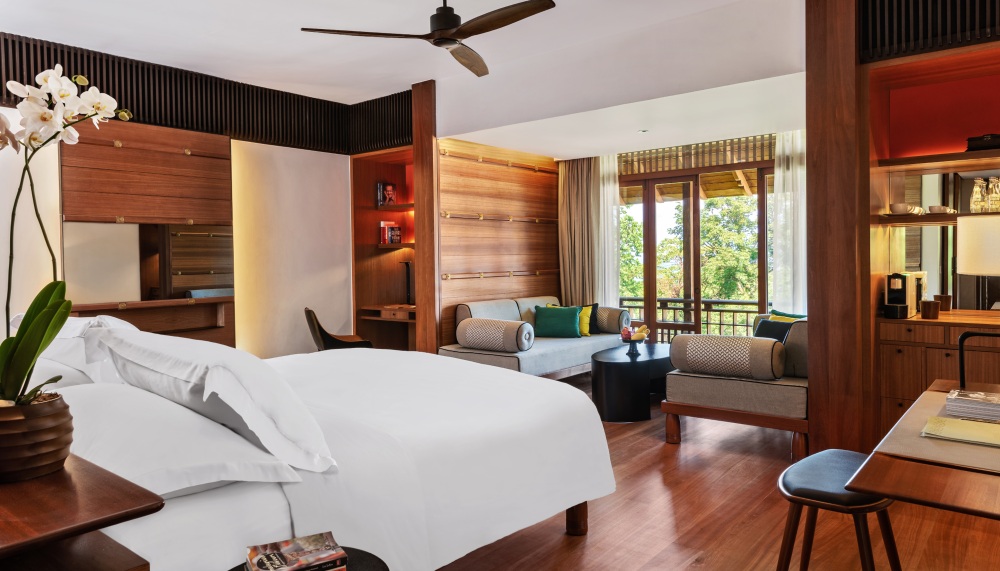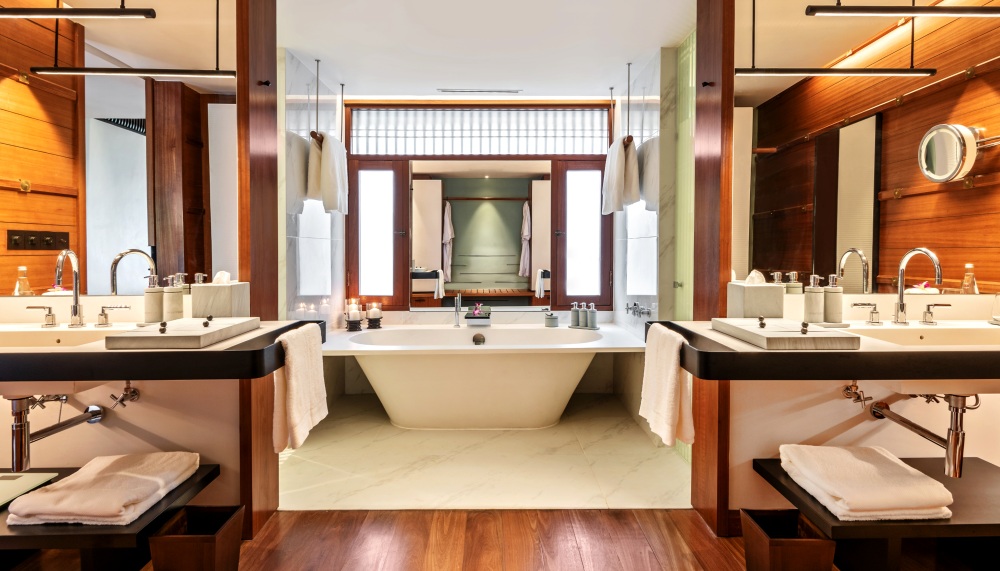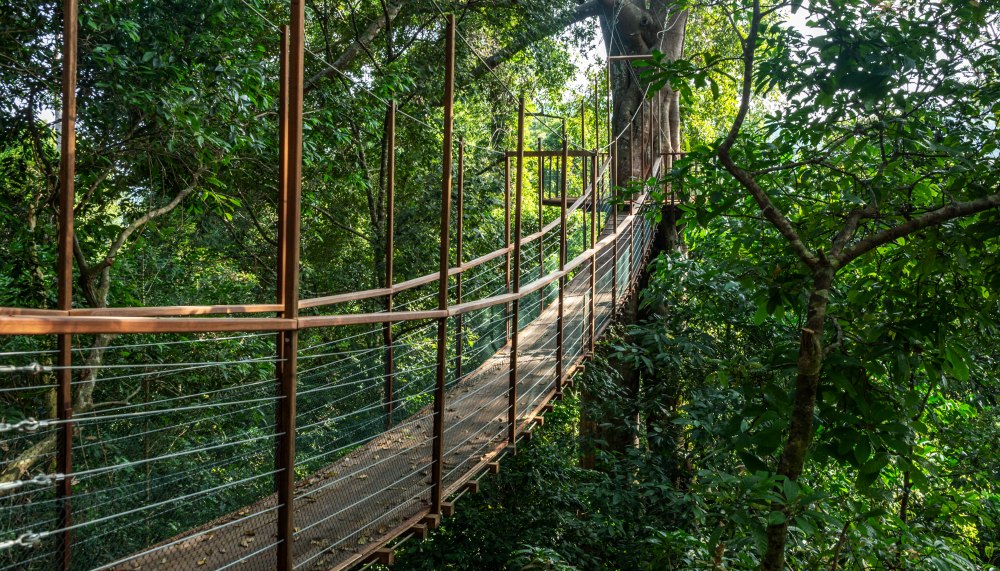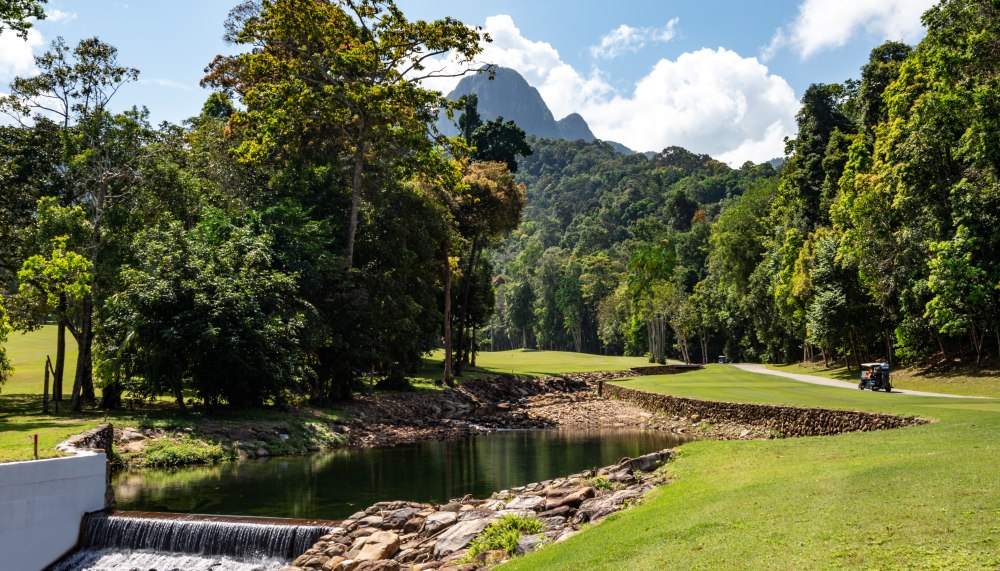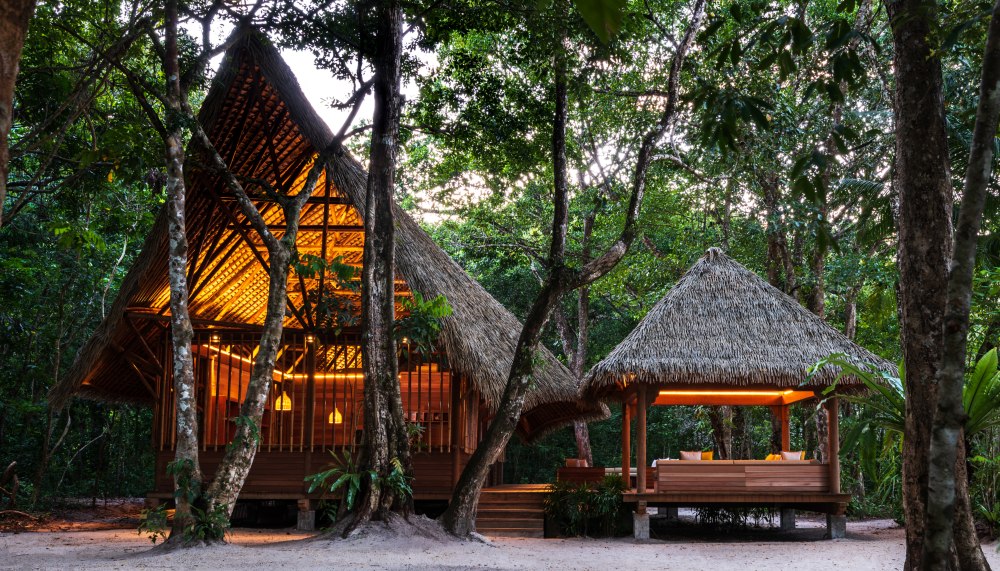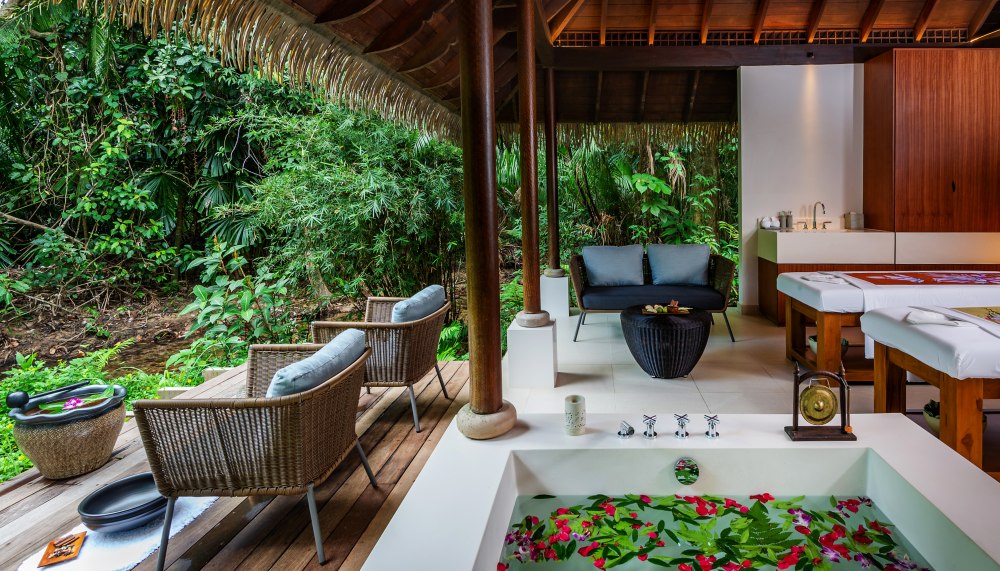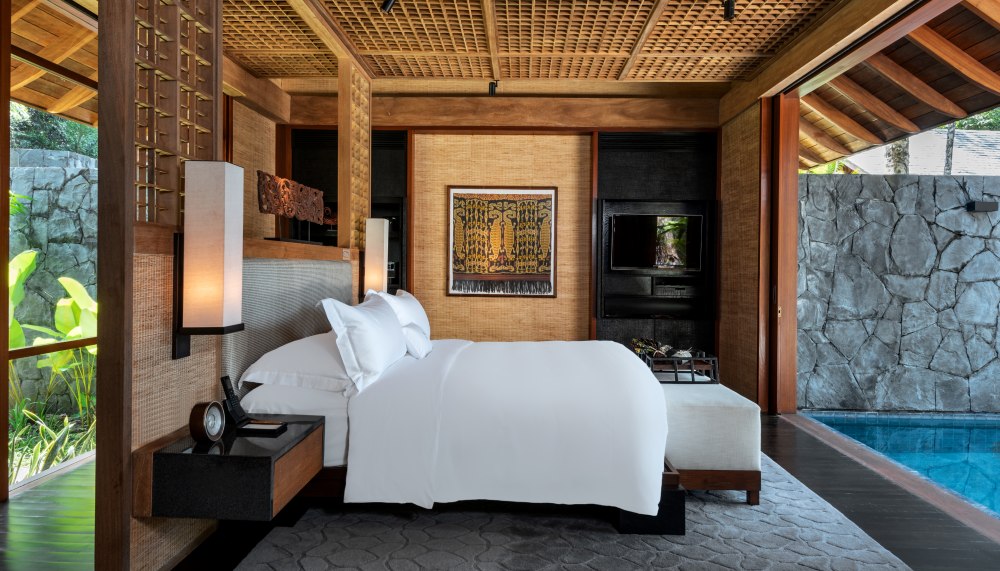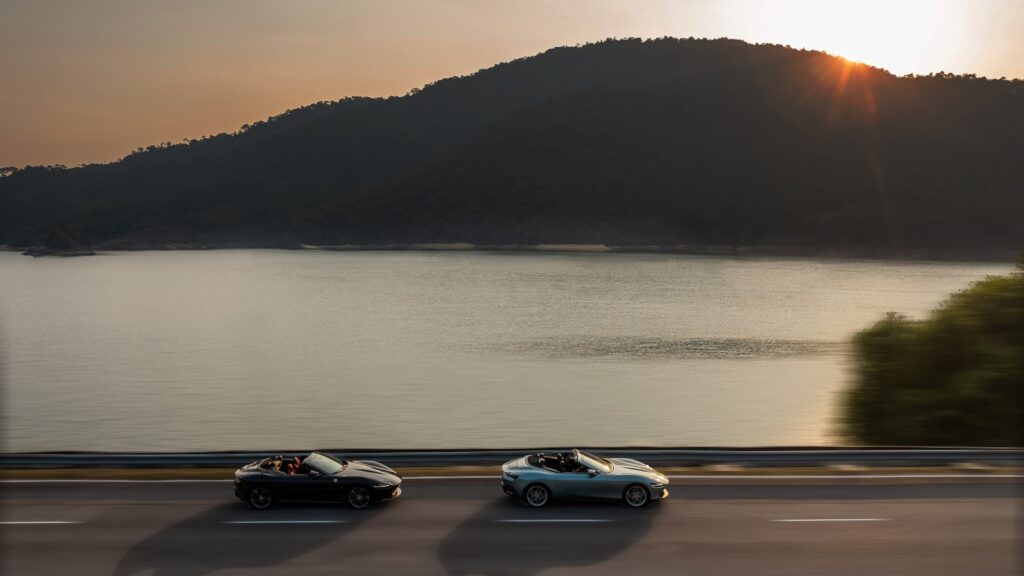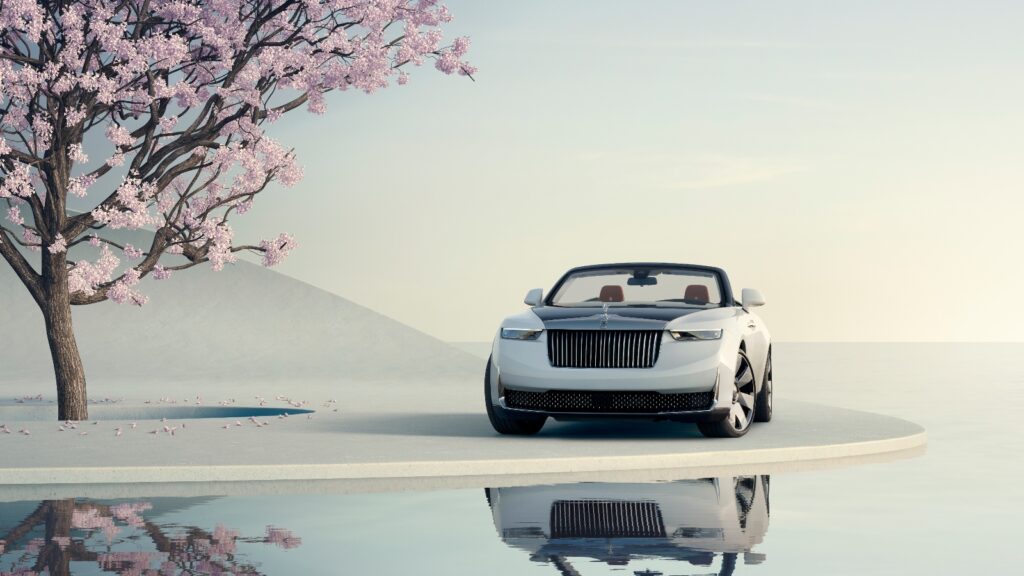Embracing nature in Luxury
When The Datai Langkawi closed its doors towards the second half of 2017 for refurbishment, expectations naturally ran high for its long-awaited reopening. This sort of breathless anticipation was merited by The Datai’s lofty standing among resorts around the world, having ranked among the world’s top five resorts when it first opened in 1993, and achieving the unprecedented honour among hotels worldwide for being the recipient of two Aga Khan Award (in 2001), for architecture and interior design.
In order to recall that very same magic of this near-mythical resort – which debuted among a 10-million-year-old rainforest from a quarter of a century ago – The Datai Langkawi called upon the talents of its originator, Didier Lefort of the Paris-based design studio DL2A. Happily, Lefort understood straightaway what he had to do. “When we first started thinking about this resort some 30 years ago, we (the late architect Kerry Hill and Lefort himself) conceived of a philosophy which is integrated with nature, and a reflection of Malaysian culture,” Lefort remembers.
True to form, that ‘Datai DNA’ has endured and been redefined with Lefort striving to rekindle all the high points of modernity, simplicity and luxury among nature. To achieve that ‘sense of happiness’ which resorts are wont to do, Lefort added colours and energy to corridors and lights, with modern-day lighting technology enabling him to introduce greater precision and creativity – not to mention savings in energy – to the resort. Palao timber which forms some of the columns and roofing were sanded down to obtain a brighter burnish, while over 90 per cent of the furniture was replaced, recalling the colours of nature, notably that of Langkawi’s myriad butterflies, onto the textiles and fabrics.
The efforts invested into the resort also extended to an overhaul of the wiring, plumbing and roofing at the resort. It took 20 mock ups to get the bathtubs designed exactly right and a total of 1,100 drawings before commencing with the renovation. “What was tricky in the beginning was that we maintained the language of the space,” Lefort muses. “It’s easy when designing from nothing but, in our case, so many important people have visited and stayed at The Datai, and we didn’t want to destroy any of what they recognise and love; we had to keep the symmetry of the resort’s modernism and its heritage.” Arnaud Girodon, The Datai Langkawi’s general manager who has been with the resort for the last five years, concurs, saying that at the very start, it was clear that only Lefort had the natural authority to introduce the 21st-century design language onto the resort, evolving his earlier ideas into a more contemporary ideal. He immediately reached out to his Malaysian counterpart Jay Yeunh whom he had worked with all those years ago, and the duo quickly formulated ideas which would further the concepts of nature and Malaysian culture which they had postulated nearly three decades ago.
What transpires most clearly in the present day, is that the resort of 121 rooms, suites and villas still retains its sensitivity to all manner of life, from the fauna to the flora. “We want to protect this, and it is important that we show this respect for nature and this area’s biodiversity,” Girodon says. “To cut a tree would mean you had to pay tens of thousands to the government and we were extremely careful then and now in our development of the site and its facilities,” Lefort remembers. Here at Teluk Datai a stone’s throw from where the oldest rock formation in Malaysia is found (Cambrian, 550 million years ago) forest authorities have tagged all of the key trees and have instituted a system in which financial penalties are incurred for every tree brought down, with remedial action also required to replant trees and regenerate the forest.
As such, the most irresistible of The Datai’s charms is its sense of place, deep within the ancient rainforest teeming with wildlife and centuries-old trees. From flying squirrels and dusky leaf monkeys, to great hornbills and sea eagles, the entire resort is a window into the natural world. The scope of the resort’s refresh includes the establishment of a permaculture garden where ingredients are harvested for use in daily menus. At the spa, artisanal essential oils incorporate healing herbs from the rainforest, and ancestral therapies. The herbalist consultant Dr Abdul Ghani Hussain worked with The Datai to introduce herbal, healing teas at the resort. A stated, and rather lofty aim of The Datai is to be zero waste within the year, with a phenomenal level of detail in its execution such as replacing plastic cotton buds with bamboo ones.
In the same way that The Datai has been meticulous about protecting its natural heritage, so too did it do the same for its fabled members of staff, many of whom have spent over a decade at the resort. An overwhelming majority of those who were kept on were sent for hospitality training and certification programmes during the renovation’s duration, leading up to the reopening of The Datai Langkawi.
At The Datai’s famed spa, two famous global personalities are now inextricably linked to the spa menu. Bastien Gonzalez, famed for his roster of A-list Hollywood celebrities, members of royalty and sports personalities, is present for the first time through his PEDI:MANI:CURE STUDIOS, a first in Malaysia. Meanwhile the pioneering Phyto 5 treatment – which proposes therapies tailored to the personality and moods of the client – is a mainstay of the facial treatments, utilising pure spring water from pristine Swiss regions in the process.
Inside of the rooms, the cultural melting pot which is Malaysia may be clearly discerned from the enigmatic details; bed bases are adapted from Chinese bed columns while red and beige sandstone hint at the Indian origins of the material. Malay adornment and woodwork patterns add to the sense of Malaysiana. Canopy rooms – located close to the adult-only pool – range from 63 square metres up to 378 square metres for The Datai Suite while the Rainforest Villas encompass 123 square metres of bathroom, bedroom and living facilities including a daybed on the outer terrace. With the refurbishment, a few more pool villas have been added to the mix, promising a deliciously cool dip amid sounds of the rainforest.
The ever-popular Beach Villas are available in single and double-bedroom configurations with a separate living space, private pool and immediate access to the beach – voted top 10 beaches around the world by National Geographic. At the top of the pile is the brand-new five-bedroom Datai Estate, sprawled across 3,500 square metres with an incredible pool design, terraces for hosting dinner under the stars and an accompanying in-villa chef and butler.
Outside of these luxurious accommodations, the whole of Langkawi opens up in ways you never knew. A dreamy, meandering walk down the butterfly garden, comprising many nectar and caterpillar host plants, reveals all manner of Lepidoptera. Langkawi has the one of the greatest concentration of with 530 species, outnumbering that of the entire Austrialian continent (450) and United Kingdom (65). At the newly built Nature Centre designed to look like a tribal bamboo longhouse, resident naturalist Irshad Mobarak and his team conducts nature rambles from the break of dawn to dusk, with a particular highlight being the new 20-metre-high canopy walk showcasing the tremendous beauty of the surrounding forest.
For dining, guests are spoilt for choice with a plethora of options ranging from the Gulai House which serves up some of the most tender and flavourful lamb and beef rendang to the Lobby Lounge, for an appreciation of the tranquil Andaman sea over snacks and cocktails. The Dining Room now offers fine dine in the evenings while The Pavilion – a Thai restaurant which overlooks the rainforest canopy – masterfully re-creates authentic dishes such as the Tom Kha Gai (a creamy chicken coconut soup with galangal and mushroom) to Southern Thai style masaman curries served over jasmine rice. Keeping it casual are The Beach Club and Beach Bar where one can watch sunsets colour the skies over grilled seafood and some of the finest wines from a cellar stocked with over 400 vintages.
In conjunction with the resort’s grand opening, The Datai welcomed some of its key guests with the first of its signature chef series featuring the father-and-son duo of Michel and Sebastian Bras of Le Suquet in France and also of Toya in Hokkaido, Japan. The younger Bras made waves last year when he decided, and was granted the right to withdraw from the Michelin guide, despite the restaurant having held a three-star rating for the past 18 years.
Over a dinner crafted by the duo, the Bras classic of a gargouillou of young vegetables, herbs and sprouted seeds was artfully paired with the complex fruit of a 2016 Tedeschi Soave. The ensuing culinary highlights included a wild-caught turbot seared with brown butter and saffron, duck liver from Domaine Castaing with calamansi vinegar and a reinterpretation of another Bras signature; a coolant chocolate biscuit with malt ice cream recalling the famed chocolat fondant of 1981. If anything, the entire eight-course by the Bras duo was a microcosm of The Datai Langkawi, touched by the certainty of purpose, honouring nature and setting off on a journey which thrilled and amazed in equal measure.
